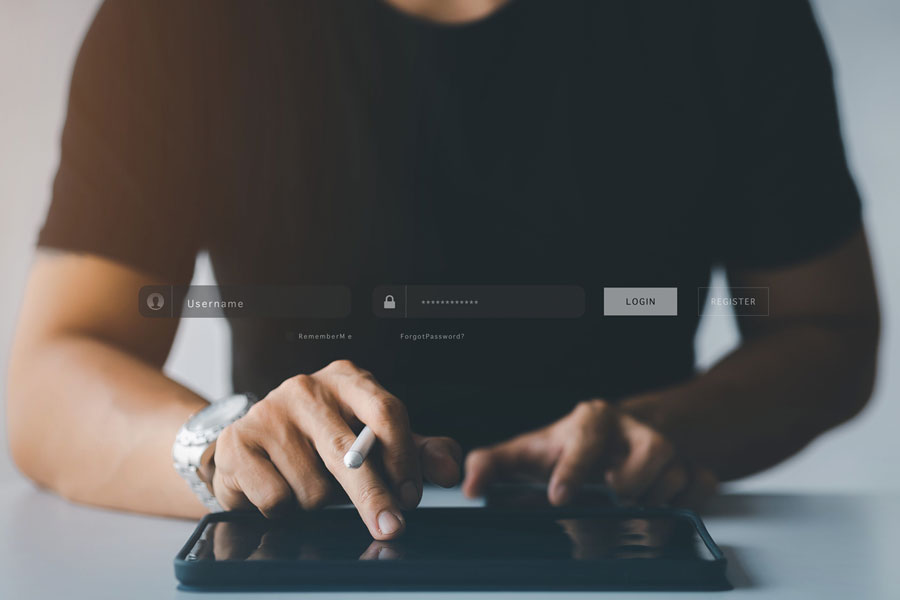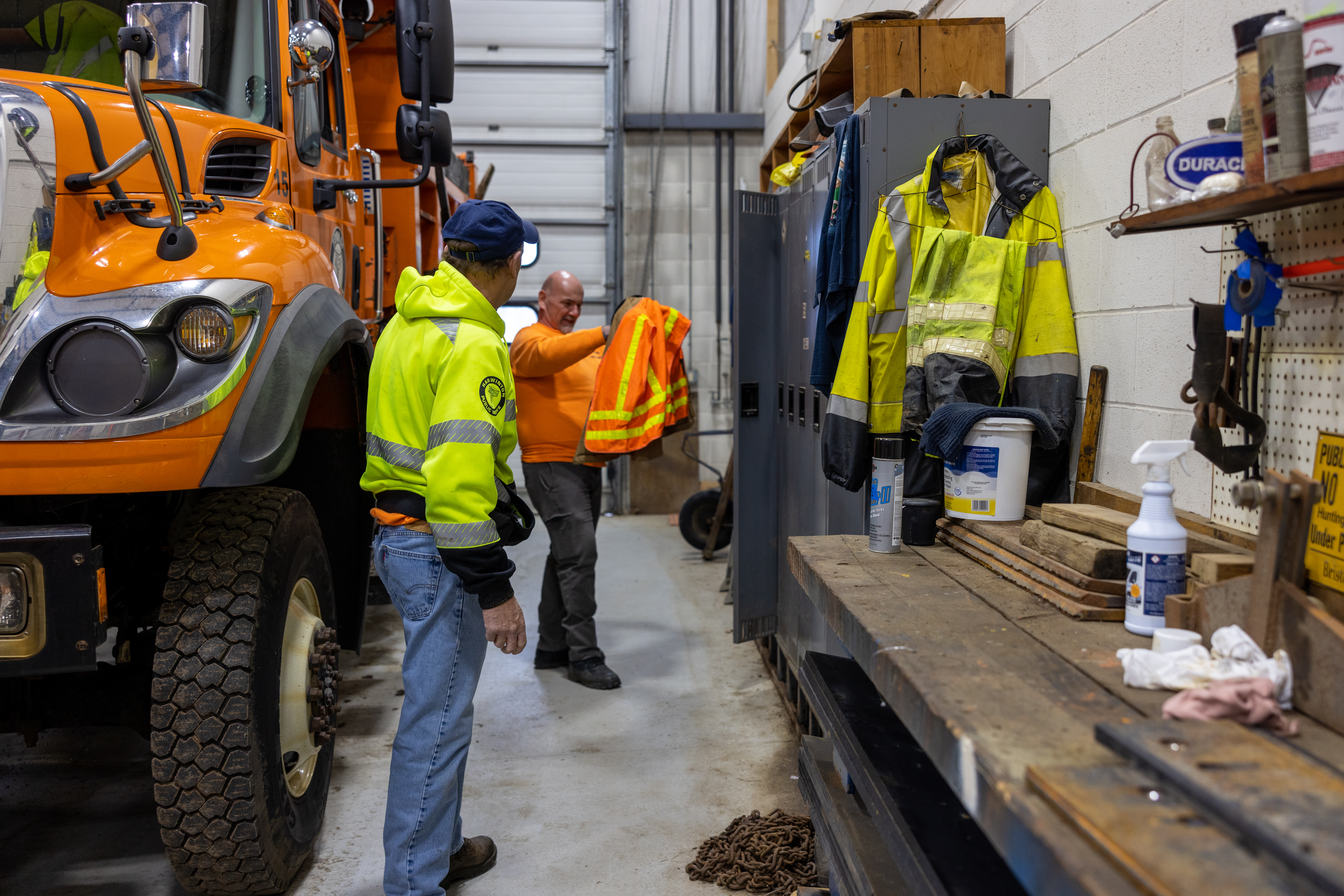Social and Emotional Awareness
How to Support Social and Emotional Wellness in the Workplace
The stigma attached to mental health plays a pivotal role in negative mental health outcomes, alongside limited access to services and misconceptions about the nature and effectiveness of mental health treatment. Numerous employees in public entities encounter trauma due to their work-related experiences. This may encompass secondary trauma, which refers to the emotional strain individuals undergo when exposed to firsthand traumatic incidents recounted by others. Furthermore, the impact of stress and trauma can be greatly magnified when employees lack mental health support from their employers.
Failure to cultivate a workplace culture that advocates for mental health can subject employers to legal risks, including claims of workplace violence or failure to provide a safe working environment under employment laws and regulations. This emphasizes the importance of cultivating a workplace culture that promotes mental health.
Providing social and emotional health resources or strengthening your entity’s current offerings can bring about meaningful changes. Prioritizing mental health in the workplace is essential for promoting a healthier, happier, and more productive workforce. It’s not just about complying with regulations; it’s about creating a workplace culture that values and supports employees’ mental well-being. Addressing the stigma of mental health in the workplace requires a multifaceted approach that involves raising awareness, implementing supportive policies and practices, and fostering a culture of acceptance and inclusion.
Individuals with mental health conditions, including both children and adults, may also have additional risk factors for violent behaviors, influenced by various factors at the individual, family, community, and societal levels. According to SchoolSafety.gov, up to 1 in 5 children in the United States experience a mental health condition each year. Schools are crucial in cultivating safety and improving at-risk students’ behavioral outcomes. By leveraging resources to support the mental health needs of students, educators, and staff, schools can contribute to a safer learning environment. Consequently, improving access to mental health services can contribute to making schools safer.
Municipalities should actively promote the utilization of their Employee Assistance Programs (EAP). EAPs play a critical role in supporting employee well-being by offering confidential counseling and assistance for various personal and work-related challenges. By investing in EAPs and encouraging their utilization, municipal leaders can create healthier, happier, and more productive workplaces for the benefit of their employees and the community as a whole.
District and school administrators play a critical role in improving mental health needs by offering instruction that enhances awareness of mental health and social and emotional development. Connecticut General Statute (C.G.S.) 10-222h addresses the school district’s efforts in prevention and response to bullying in schools. Connecticut local and regional boards of education shall collect the school climate assessments for each school and establish a school climate committee to develop and implement a safe school climate plan to address bullying in schools.
District and school leadership have the discretion to choose a social-emotional learning model that fits the needs of their students and the overall school climate. CIRMA Risk Management does not endorse any particular organization that provides social and emotional learning resources. However, below are some organizations to consider that focus on the education of social and emotional learning:
- U.S. Department of Labor: Mental Health at Work – Resources to help employers follow the law and create workplaces that prioritize mental health.
- Believe 208: Run for the Brave & Finest – In Memory of East Hartford Police Officer Paul Buchanan supports “Believe 208”, an initiative in collaboration with the Connecticut Alliance to Benefit Law Enforcement (CABLE). Believe 208 works with CABLE to provide resources, training, and information on all aspects of first responder well-being. The Believe 208 mission is to increase awareness of first responders’ unique challenges and to be a trusted, influential source for first responders, their families, agencies, and community stakeholders.
- American Foundation for Suicide Prevention – A voluntary health organization that gives those affected by suicide a nationwide community empowered by research, education, and advocacy to take action against this leading cause of death.
- Choose Love Movement – A non-profit organization with a mission to create safer and more loving communities through Character Social Emotional Development programs (CSED).
- Sandy Hook Promise – A non-profit organization founded and led by several family members whose loved ones were killed at Sandy Hook Elementary School, with a mission to empower youth to “know the signs” and unite all people who value the protection of children, to take meaningful actions in schools, homes, and communities to prevent gun violence.
- The Be Kind People Project – A non-profit organization that initiates a positive change in the overall learning environment and provides relevant learning and youth development opportunities that inspire humanity, academic achievement, and healthy living for students wherever and however they learn.
CIRMA encourages its members to use the following resources to promote mental health:
- Emotional Support Animals
- Wellness at Work: How Does Your Entity Measure Up?
- Managing Bullying Events in Schools
- Student’s Behavior Leads to Injured Staff Members
- Student Mental Health
The stigma attached to mental health, alongside the challenge of recognizing mental health issues, hinders individuals from seeking the necessary mental health services. Municipal and educational leaders have the potential to be proactive in preventing mental health crises by providing social and emotional support and education to their employees and students. Adopting easy-to-implement best practices, such as promoting the utilization of EAPs and focusing on the education of social and emotional learning, is particularly vital for the well-being of students and employees to minimize the risks of untreated mental health conditions.
Have questions? We’re here to help. CIRMA Risk Management offers robust training and education resources that feature mental health awareness and provide best practices for employees to protect their mental health.
Has your municipality or school board taken advantage of the many benefits available through CIRMA’s online training and education platform for its members? Our e-Learning Center for more information or contact CIRMA Risk Management to get started and set up an e-learning account today. CIRMA e-Learning is an exclusive benefit offered to CIRMA members.











